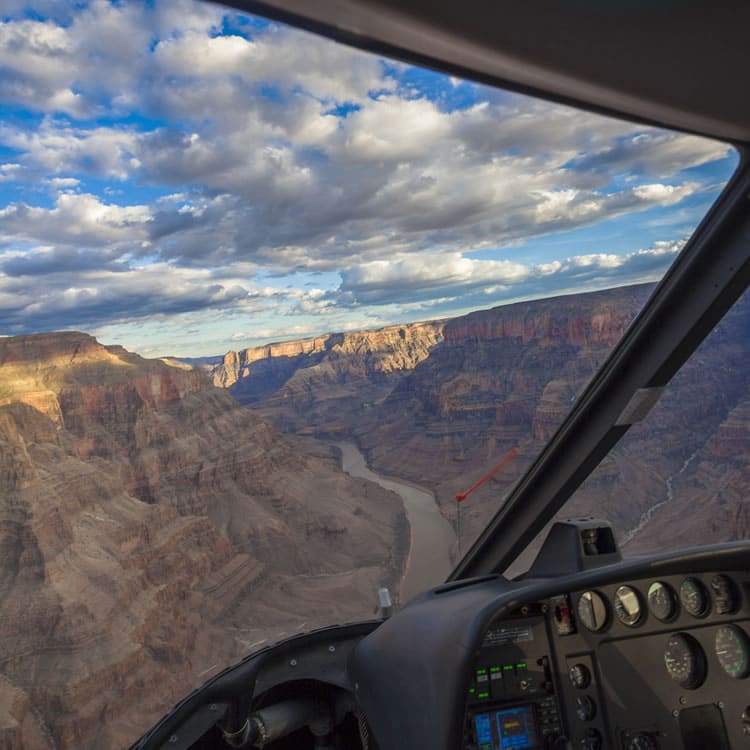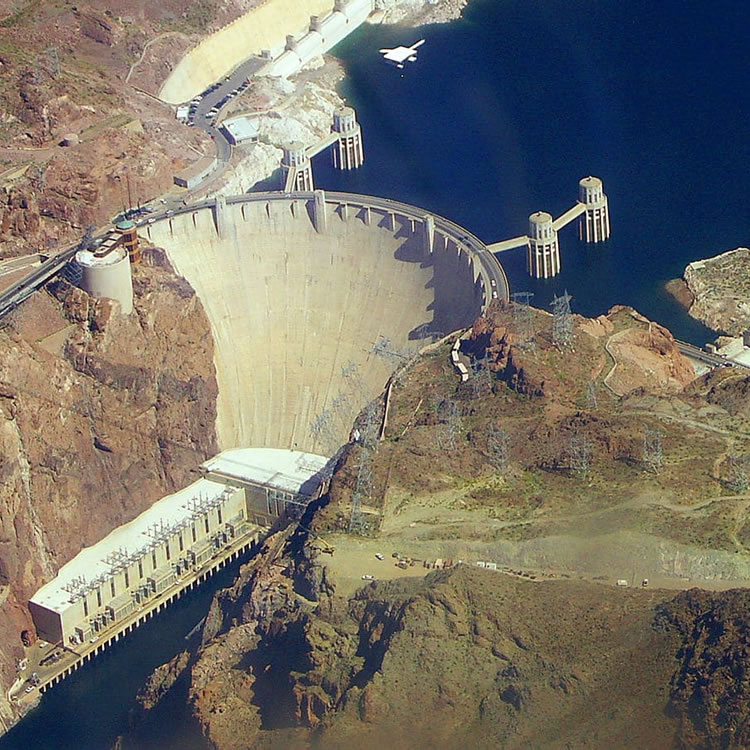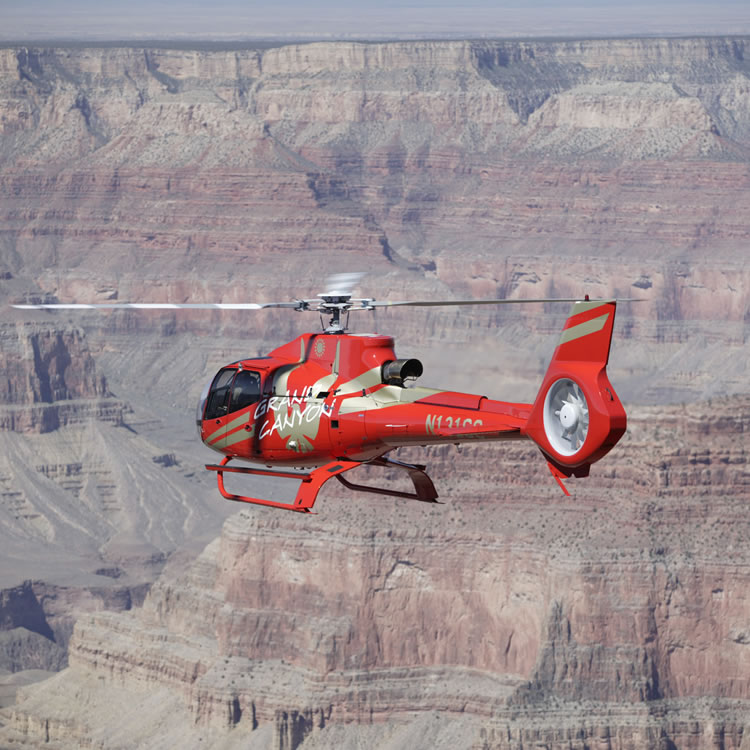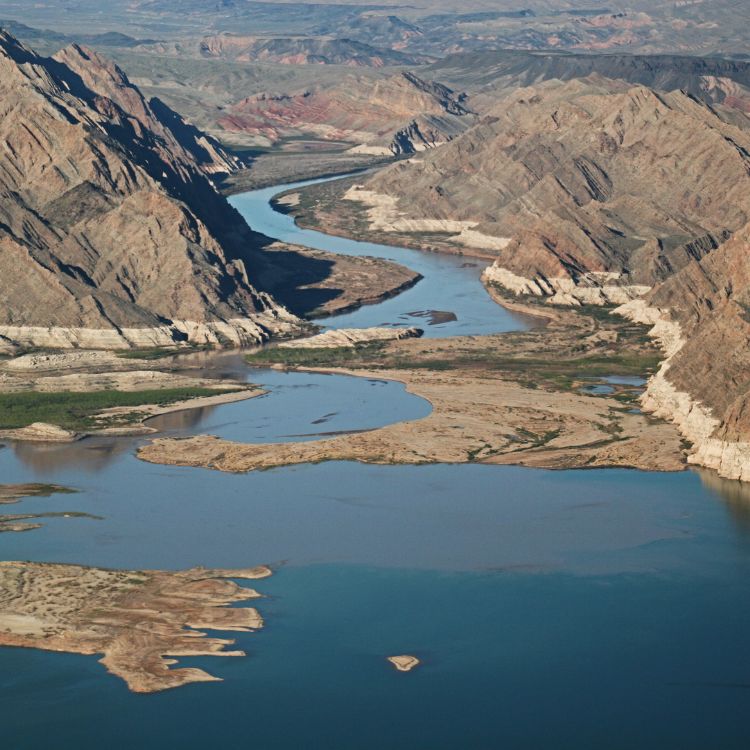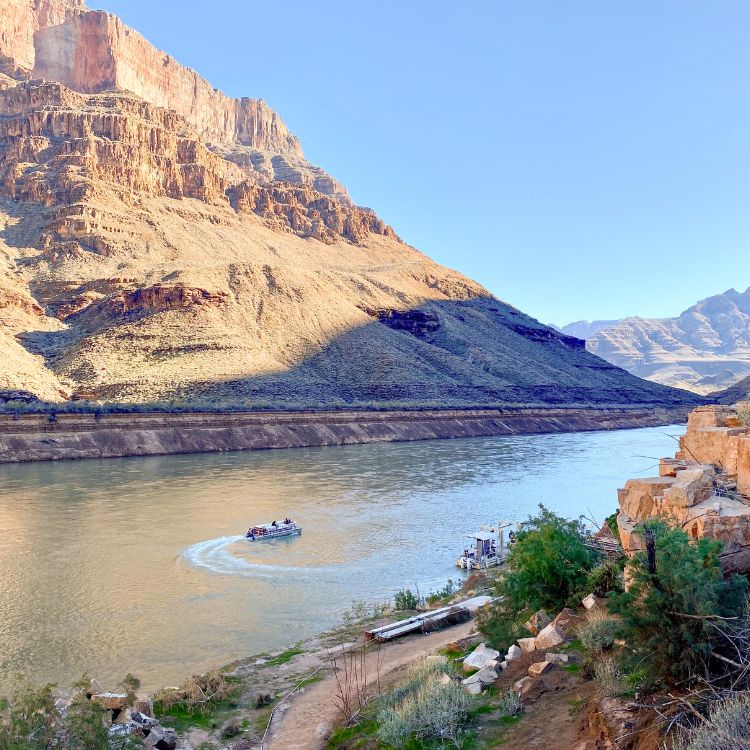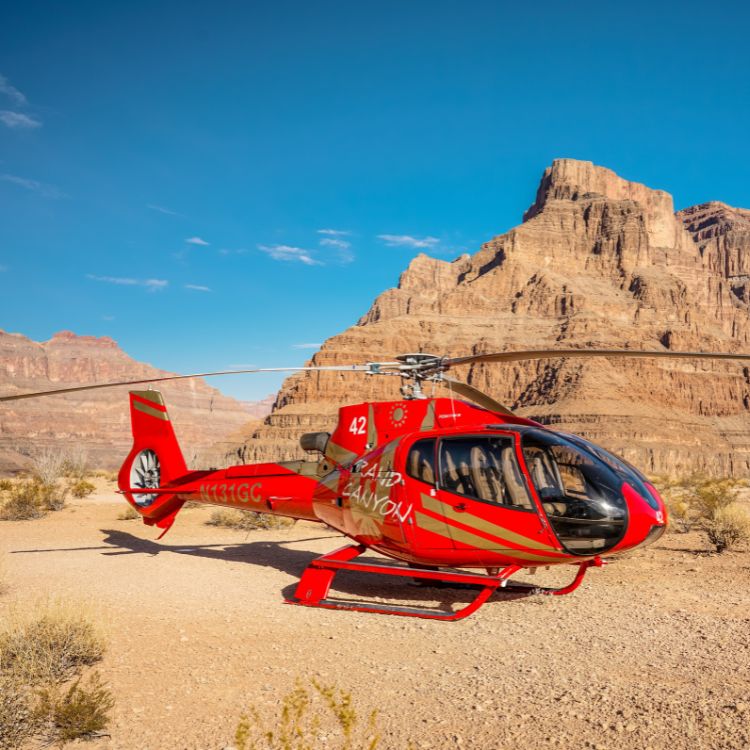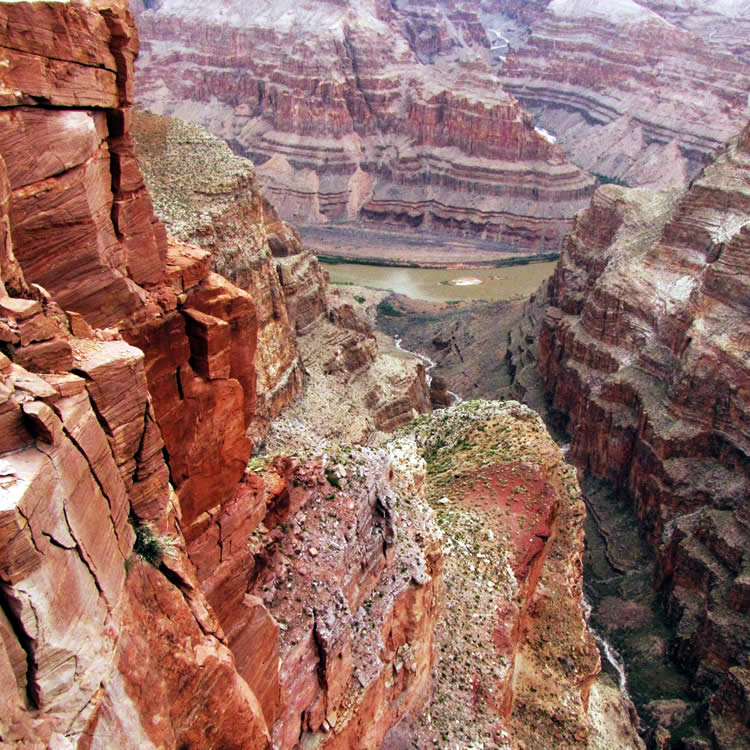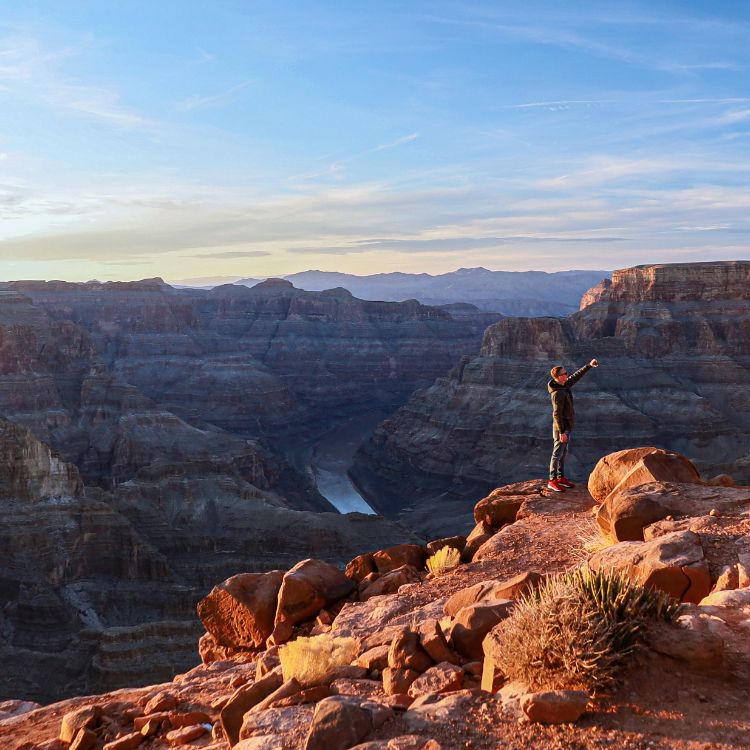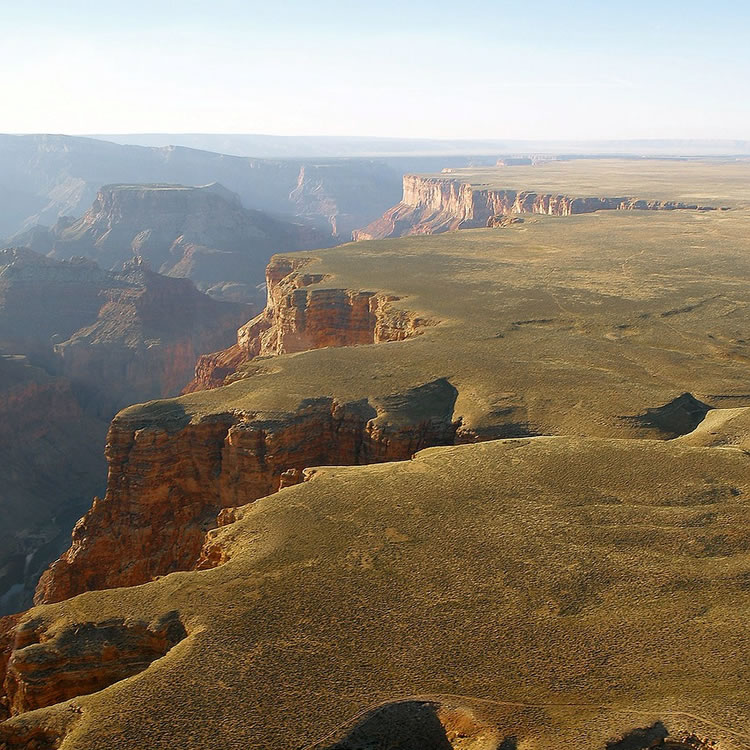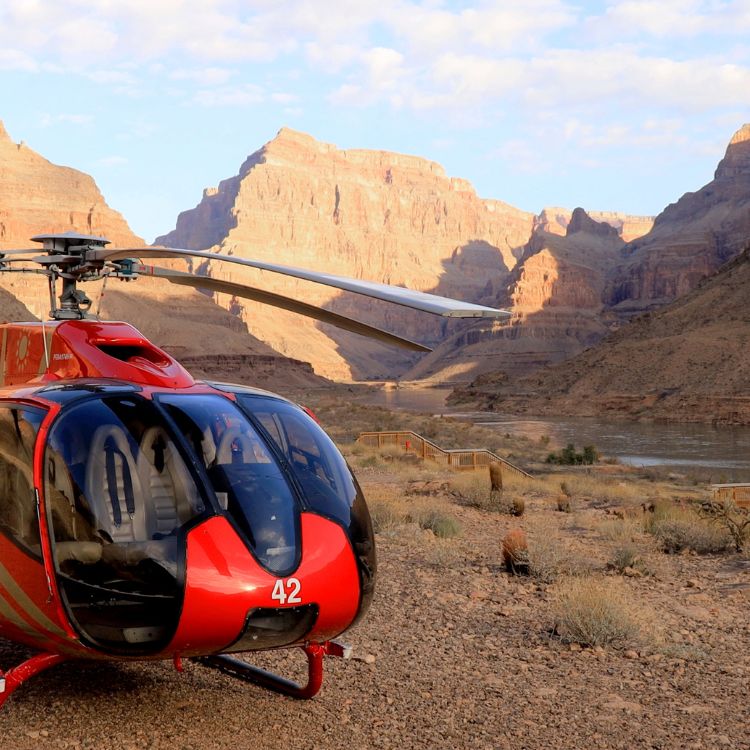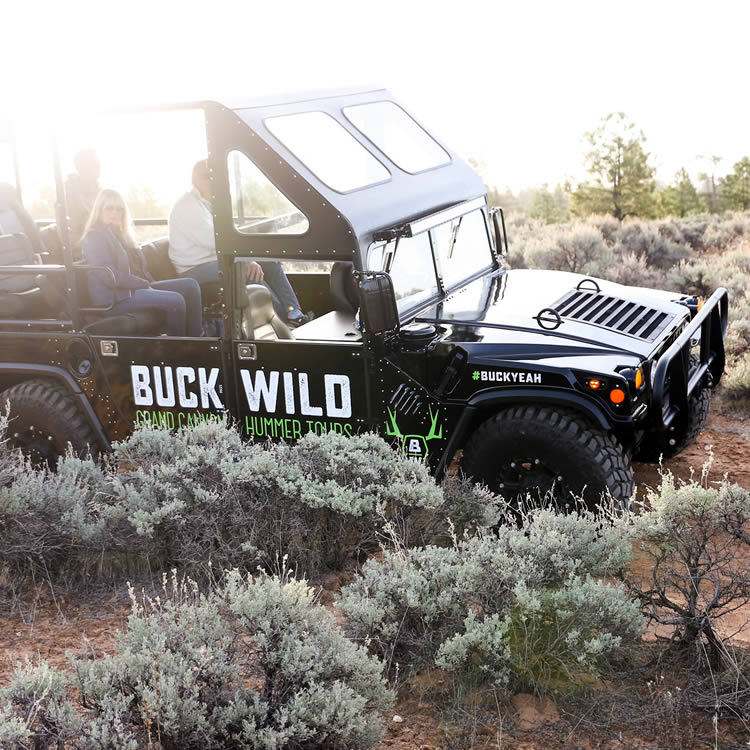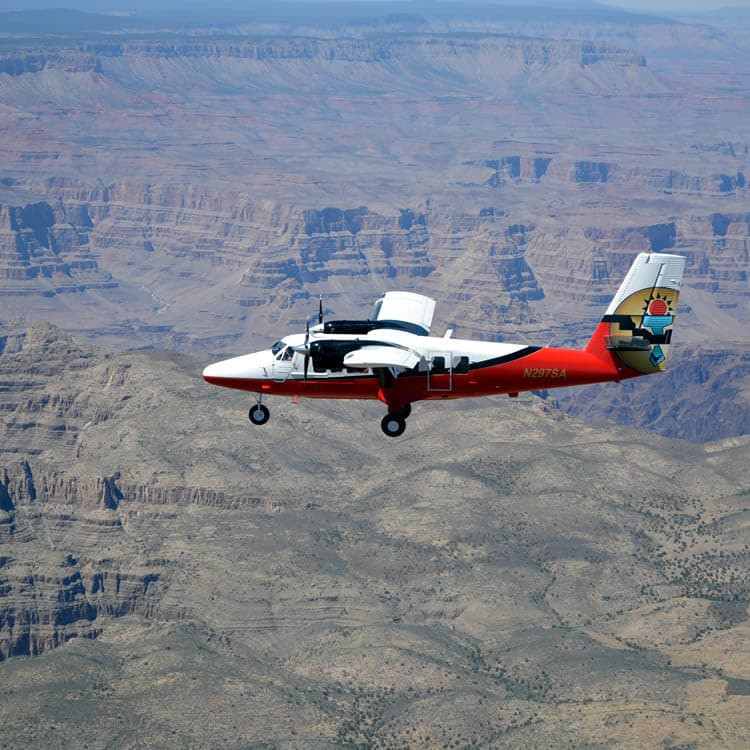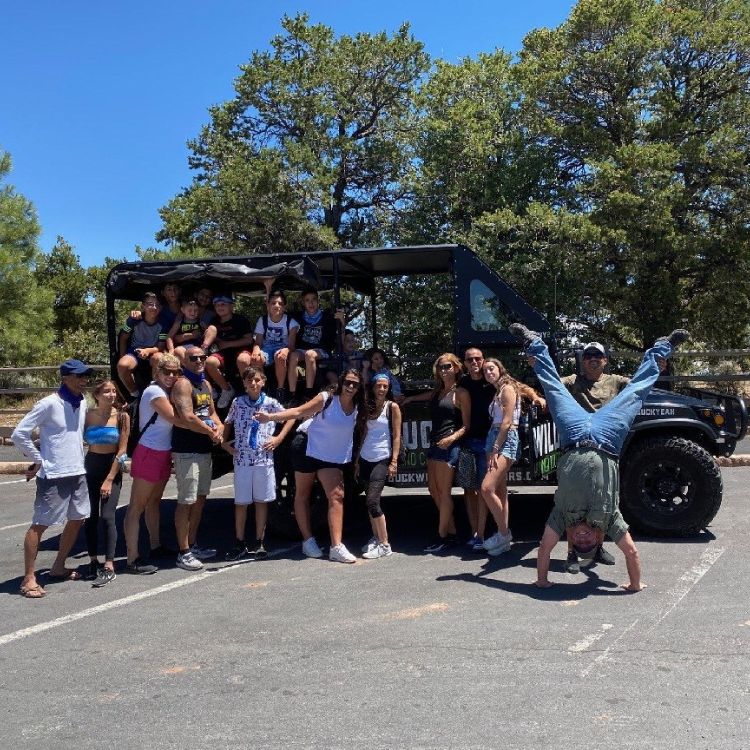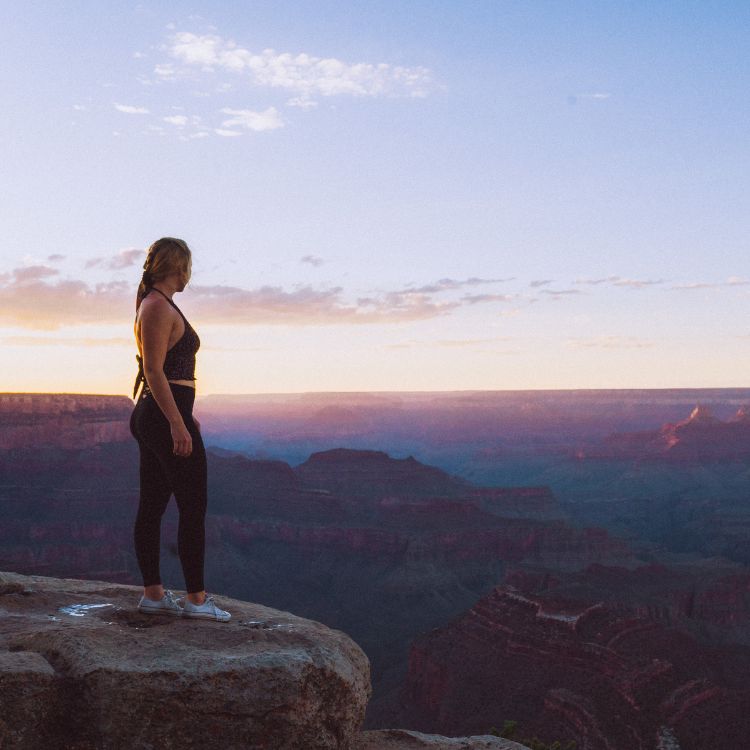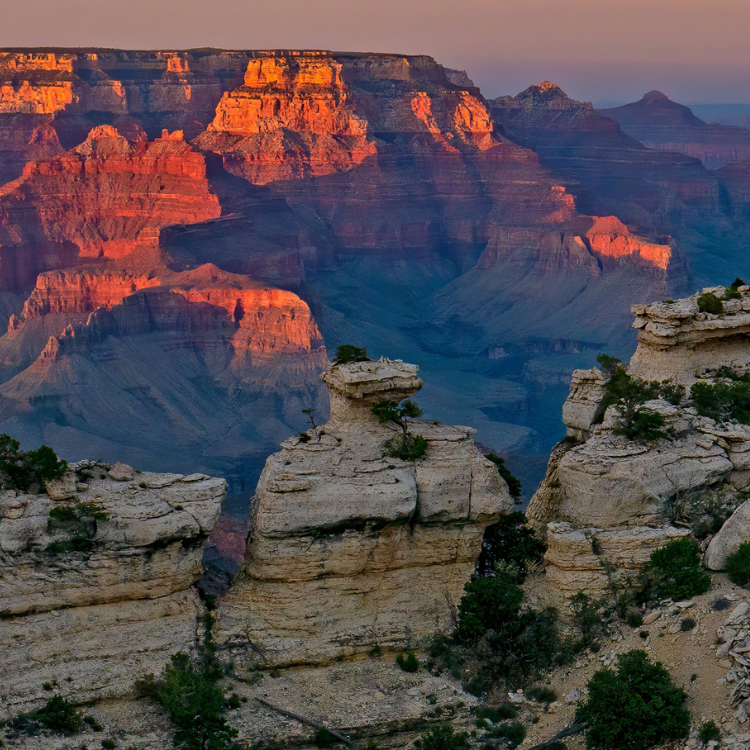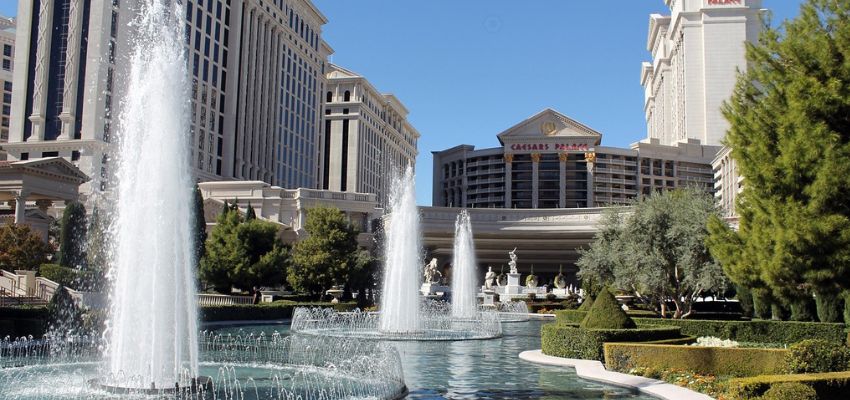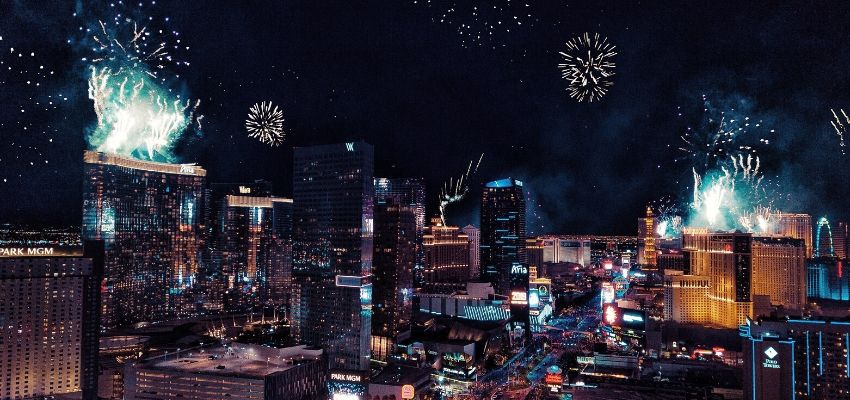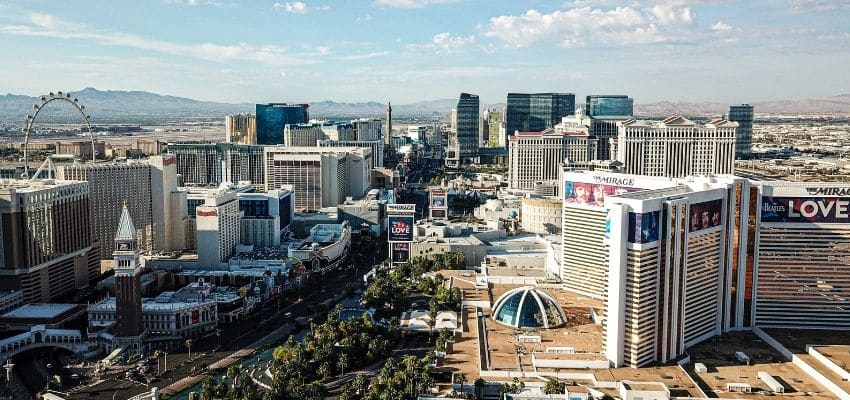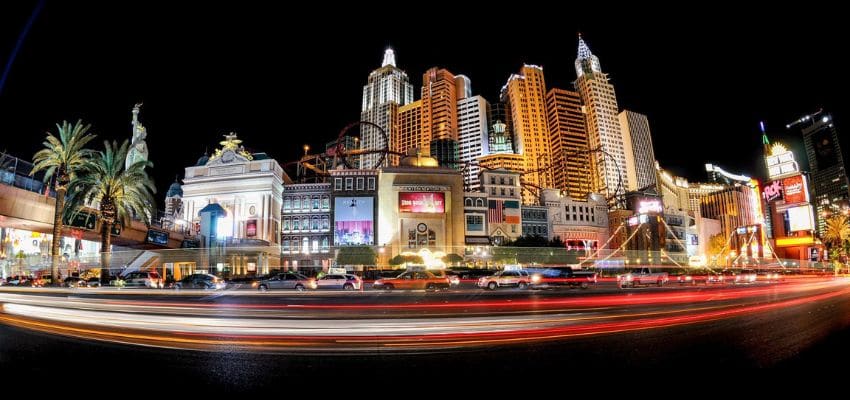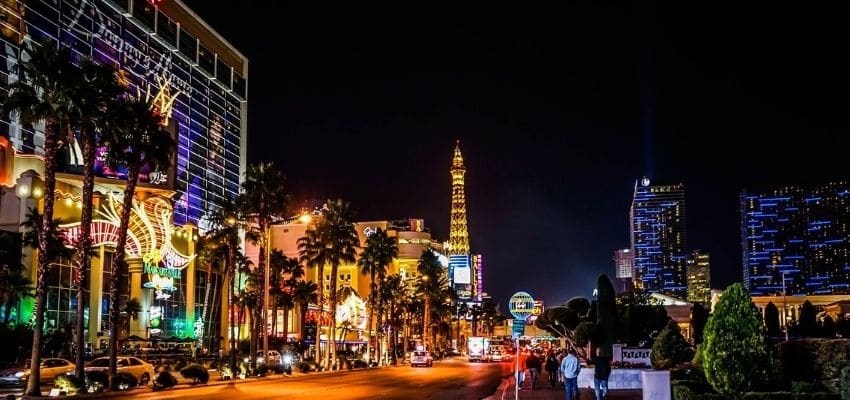4 Reasons Why You Should Visit the Grand Canyon this Winter
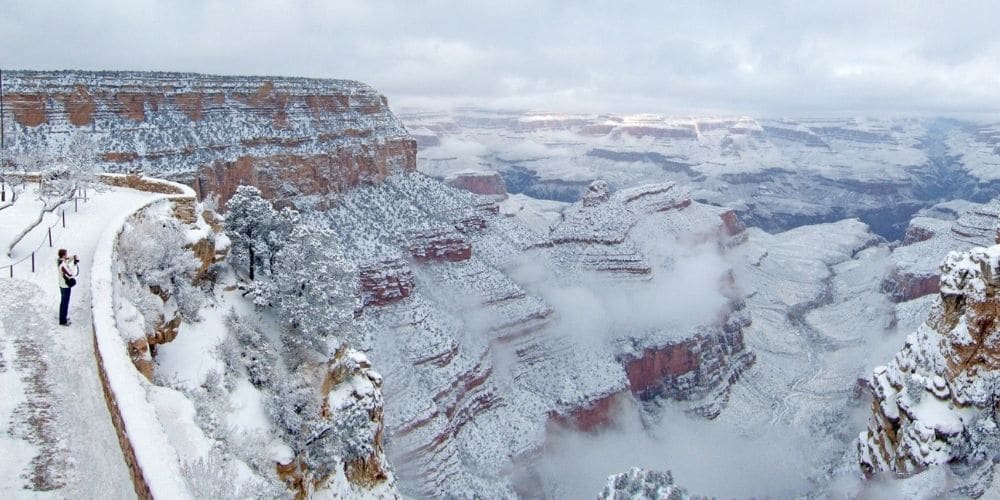
Of the over five million people who visit the Grand Canyon every year, ¾ arrive during the peak summer season. From April to October, the South Rim and Grand Canyon West are abuzz with activity as people soak up the sun and explore the Grand Canyon’s many scenic viewpoints and attractions.
Summer is a popular time for family vacations, last-minute road trips, and Las Vegas adventures, but if you’re looking for a quieter, more serene Grand Canyon experience (and don’t mind bundling up a lttle) consider visiting in the off-season between November and March.
Here are four reasons why:
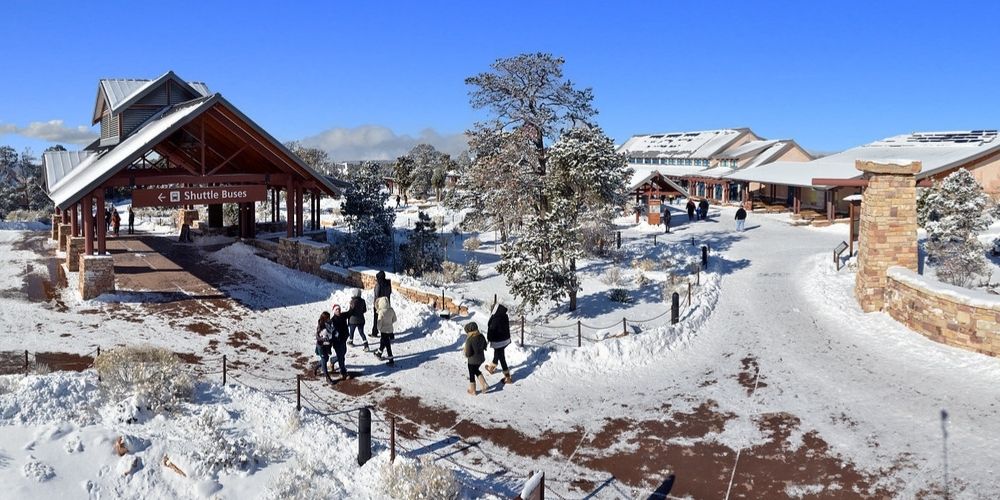
1. It's less crowded
During the off-season, Grand Canyon hotels are quiet, trails are practically empty of hikers, and the Rim roads aren’t crowded with shuttles and other vehicles. For adventurers who crave solitude and tranquility, the winter months are the perfect time to visit the Grand Canyon. Compared to over 790,000 visitors in August, only 270,000 adventurers visit in December, and there are even fewer in January and February.
On the South Rim, where the Grand Canyon Village is located, there are additional benefits to visiting in the off-season:
- The West Rim Drive, which is closed to traffic in the summer, opens for personal vehicles. Enjoy a slow, meandering drive along the eight-mile road out of the Village to Hermit’s Rest lookout, and be sure to stop at the many overlooks along the way. Chances are, there will only be one or two other cars stopped for the same view.
- The East Rim Drive, which is open all year, is much quieter during the off-season than it is during the summer months, so you can look forward to easier access to the many viewpoints along the road to the Desert View Watchtower.
The weather is less erratic in December, which makes it one of the most popular off-season times of year to visit. If you plan on spending the holidays at the Grand Canyon, be sure to book early – hotels book up just a quick for the holidays as they do over the summer.

2. But it's just as beautiful.
It does snow at the Grand Canyon, but a fresh blanket of the fluffy white stuff only enhances the Canyon’s natural beauty by making the colors and textures of the rock formations stand out against a stark white background.
Compared to the summer, when views are more likely to be hazy, visibility is also much higher in the winter. On a clear winter day, you can spot mountain peaks over 200 miles away – that is, unless you happen to visit on a blustery day. Total white-outs do occur during winter storms.
Here are two more reasons why winter at the Grand Canyon is just as beautiful – if not more so – than summer:
- It’s easier to catch the sunrise or sunset thanks to shorter days.
- In early December, many Grand Canyon areas hotels begin to deck the halls for the holiday season. Some hotels create special light displays and host holiday craft shows, while restaurants offer special seasonal menus. There are even New Year’s Eve parties both in and outside of the Grand Canyon National Park!
- You may catch a rare cloud inversion, which occurs when cool air is trapped inside the Canyon by a warmer air mass at the Rim-level.
3. It may be cheaper.
After the holiday season, some park lodges and Grand Canyon area hotels offer reduced rates. Flights to Las Vegas may also be cheaper during the winter.
4. It's not as hot.
Wintertime temperatures are cooler than in the peak summer season, but it’s still comfortably warm in lower parts of the Canyon, such as Phantom Ranch or the Bright Angel Campground. The cooler temperature is also perfect for hiking, and the shining sun offers some welcome warmth compared to its high-summer heat.
If you’re worried about the cool weather, consider visiting the West Rim. Thanks to its lower elevation, the Grand Canyon West region is usually about 10-15 degrees warmer than the South or North Rims. Check out these West Rim tours:
Grand Canyon Helicopter Floor Landing with Las Vegas Strip Upgrade
$579.00 – $654.00Grand Canyon Helicopter Tour
$399.00 – $449.00Grand Canyon Voyager West Rim 4 in 1 Tour
$579.00 – $684.00Grand Canyon West Rim Air & Ground Freedom Tour
$349.00 – $429.00Grand Canyon West Rim Airplane Tour
$229.00 – $249.00Grand Canyon West Rim Bus/Helicopter & Landing Tour with Optional Skywalk
$368.00Though it does snow at the Grand Canyon, only a few inches typically fall at a time, and the snow usually gets a chance to melt between squalls. However, a bigger storm will occasionally dump a foot or more of snow on the Rim. Area roads may close if this happens, so make sure you keep an eye on the weather before you visit.
Planning a Winter Visit
Proper preparation is the key to enjoying your Grand Canyon visit no matter which time of year you visit.
Here are a few things you should keep in mind when planning an off-season visit:
- Arizona does not observe daylight savings time, but Nevada does. If you’re visiting from Las Vegas or other surrounding states, keep the time change in mind when scheduling tours or other activities.
- If you’re planning on visiting the West Rim, be aware that they stop selling admission tickets at 4:30 PM from November to March.
- The North Rim closes every year from November 15-May 15. However, it is open for day-use until dusk from November 15-30 depending on road conditions.
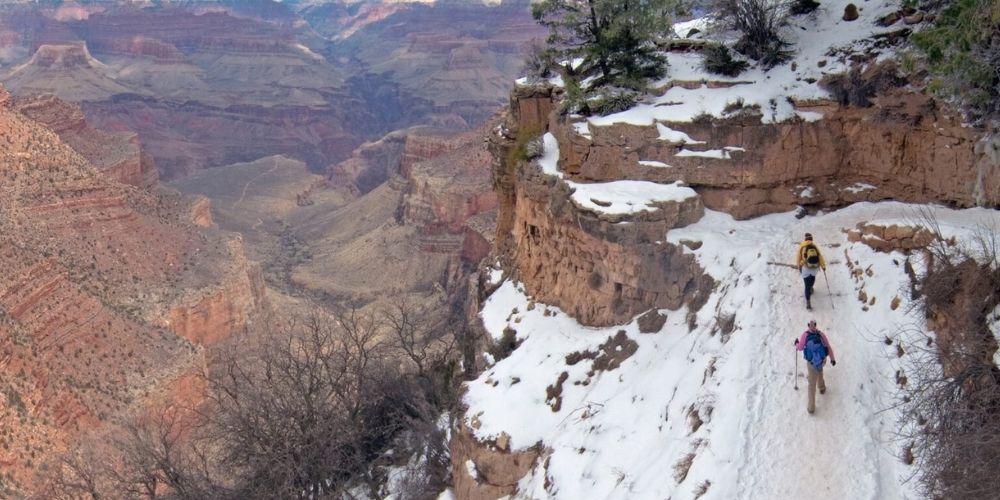
Tips for Visiting the Grand Canyon in the Winter
If you’re planning on visiting in the winter, keep these tips in mind:
- Dress in warm layers. Heavy pants, long underwear, and warm winter coats would not go amiss. And be sure to cover your head, ears, and hands – it can get windy on the Rim.
- Wear sturdy shoes with good tread, especially if you plan on hiking. Trails may be snow or ice-covered, especially in shady spots. If the trails are very icy, you may want to consider using crampons as well.
- Bring sunscreen! The sun’s rays may not be as hot as they are in the summer, but they will reflect off the snow, which can give you a skier’s sunburn.
- Leave some wiggle room in your schedule to accommodate inclement weather and unexpected road closures or cancellations.
- Stay hydrated. Even if it’s raining or snowing, the Grand Canyon’s climate is still considerably drier than you might expect. Carry lots of water and be sure you drink it, especially if you’re hiking – dehydration is always a risk, even in the winter.
Winter Wonderland
Don’t let a little snow stop you from visiting the Grand Canyon this winter! During the off-season, the Grand Canyon is much quieter and free of crowds, and with a layer of fresh white snow, it can be even more picturesque than in the summer.

